
Here Are Some New Details On The Upcoming Yamaha FZ-X
- Apr 16, 2021
- Views : 19072

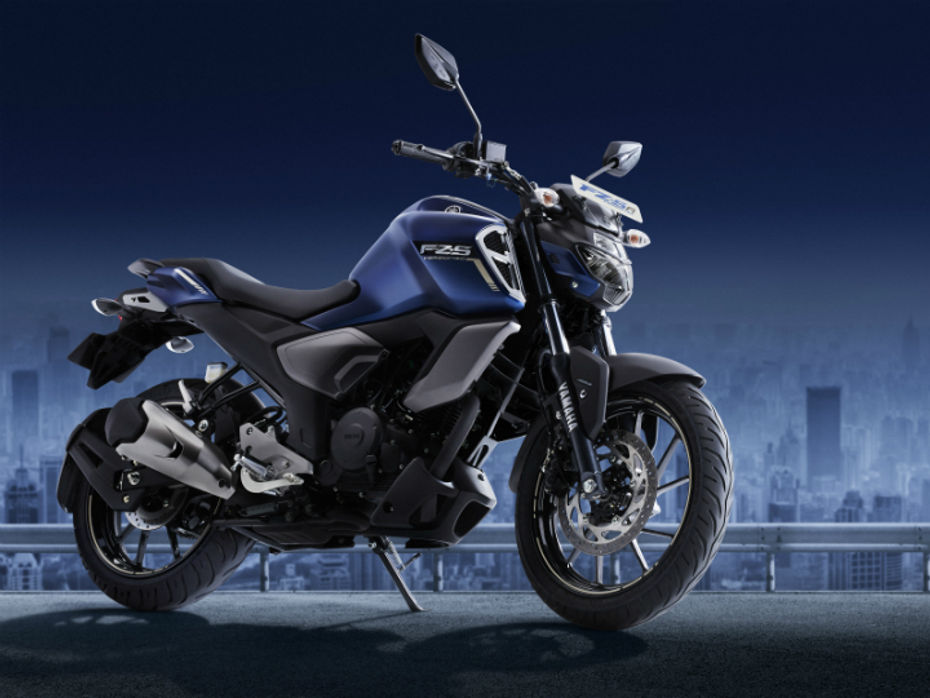
Early this year, Yamaha unveiled the 2019 FZ and the FZ-S Version 3.0. However, this update was limited to a few design changes and not much else. So can the two bikes with their now-dated internals keep up with its rivals from Bajaj and Honda? We’ve finally got our hands on the new FZ-S V3.0 to find out just that.
Also Read - Comparison review: Bajaj Pulsar NS 160 vs Honda CB Hornet 160R
Acceleration -
|
2019 Yamaha FZ-S v3.0 |
Bajaj Pulsar NS 160 |
Honda CB Hornet 160R |
|
|
Engine |
149cc, single-cylinder, air-cooled |
160.3cc, single-cylinder, oil-cooled |
162.71cc, single-cylinder, air-cooled |
|
Power |
13.2PS at 8000rpm |
15.5PS at 8500rpm |
15PS at 8500rpm |
|
Torque |
12.8Nm at 6000rpm |
14.6Nm at 6500rpm |
14.5Nm at 6500rpm |
|
Transmission |
5-speed |
5-speed |
5-speed |
|
2019 Yamaha FZ-S v3.0 |
Bajaj Pulsar NS 160 |
Honda CB Hornet 160R |
|
|
0-60kmph |
5.97 seconds |
5.35 seconds |
5.08 seconds |
|
0-100kmph |
20.10 seconds |
16.54 seconds |
15.99 seconds |

The 2019 Yamaha FZ-S V3.0 is at a disadvantage in terms of outright displacement and power, and it shows. Both the Bajaj Pulsar NS 160 and the Honda CB Hornet 160R are marginally quicker than the FZ in sprint from zero to 60kmph. But the performance gap becomes even more visible in the run towards 100kmph as the FZ-S is almost four seconds slower than the other two! It is, in fact, the slowest motorcycles that we’ve tested to reach 100kmph in its segment.
Roll-ons -
|
2019 Yamaha FZ-S v3.0 |
Bajaj Pulsar NS 160 |
Honda CB Hornet 160R |
|
|
30-70kmph |
6.70seconds |
5.61 seconds |
6.68 seconds |
|
40-80kmph |
9.38 seconds |
7.29 seconds |
8.23 seconds |
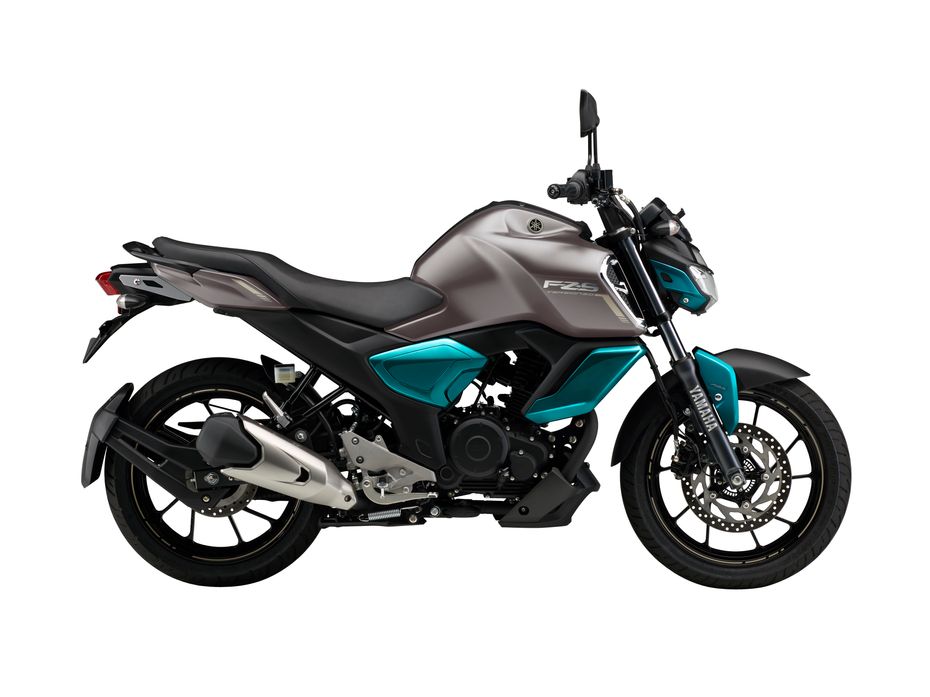
This is where the Pulsar NS160 comes into its element as a slick city commuter. It manages better roll-on times than both the Hornet and the FZ between 30-70kmph. Surprisingly, both the FZ and the Hornet are closely matched here. However, this might be due to the tall-gearing on the Honda. When it comes to 40-80kmph run, it is the same story again, thus proving the Pulsar’s superior engine flexibility.
Braking -
|
2019 Yamaha FZ-S v3.0 |
Bajaj Pulsar NS 160 |
Honda CB Hornet 160R |
|
|
80kmph-0 |
36.44m |
39.54m |
36.3m |
|
60kmph-0 |
20.48m |
20.18m |
20.11m |
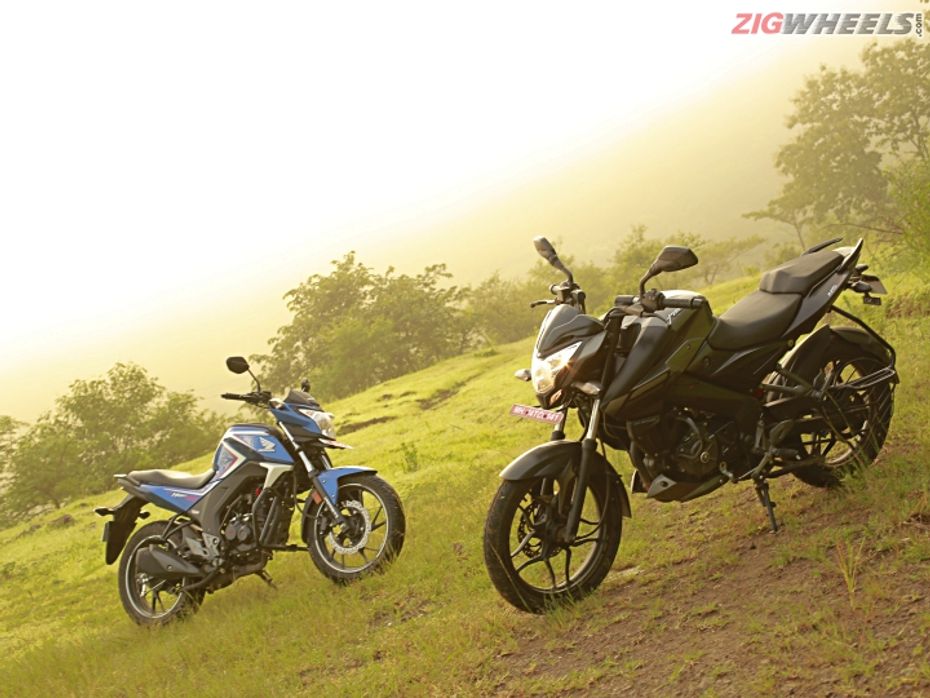
the automobile community
All three motorcycles get single-channel ABS as standard. However, the Hornet 160 gets a bigger front disc (276mm) and a chunkier set of tyres. This helps it come to a halt quicker than the other two. It also helps that the CB Hornet is pretty light on its feet at 140kg (kerb) when compared to the Pulsar NS 160, which weighs 145kg (kerb).
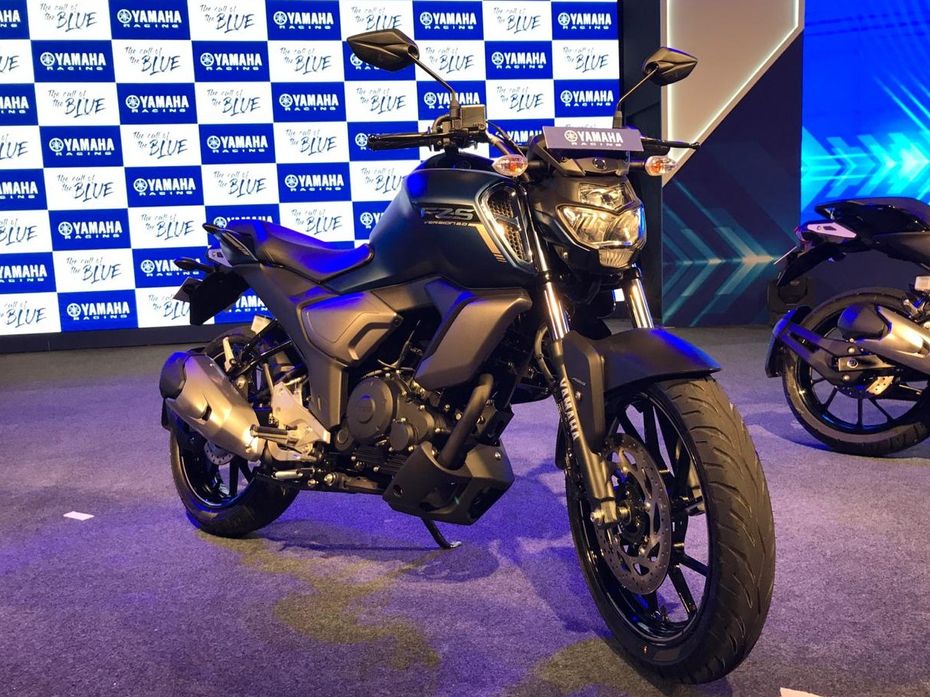
Even the FZ does well here thanks to its fat front (100/80-17M) and rear (140/60R-17M) section tyres and a low kerb weight of just 137kg.
Fuel Efficiency -
|
2019 Yamaha FZ-S v3.0 |
Bajaj Pulsar NS 160 |
Honda CB Hornet 160R |
|
|
City |
49.31kmpl |
40.6kmpl |
42.85kmpl |
|
Highway |
55.42kmpl |
48kmpl |
52kmpl |
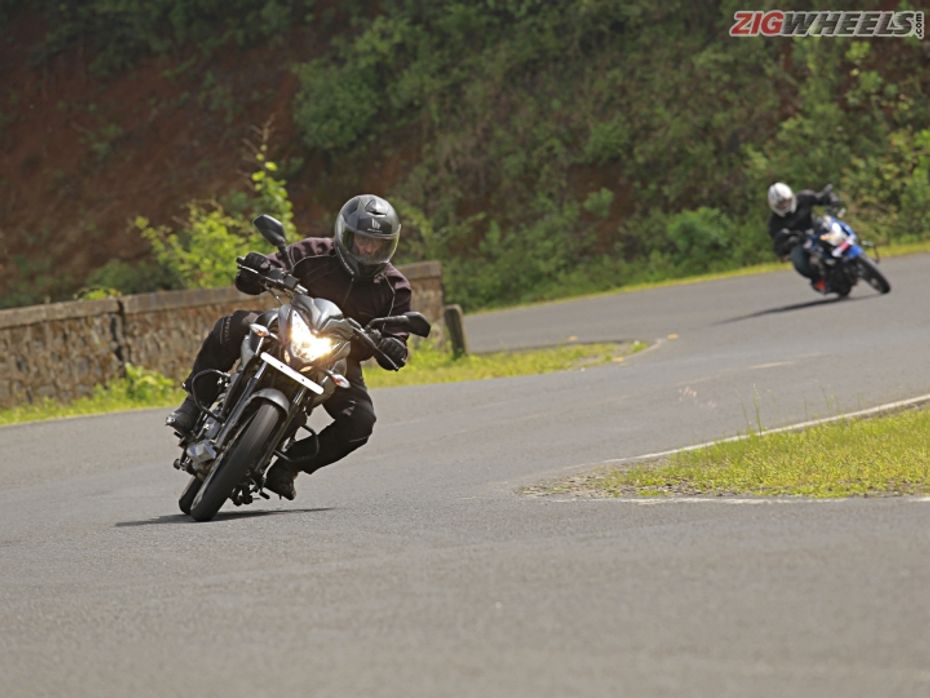
The Yamaha FZ is the only model of the trio to come equipped with fuel injection. So it isn’t surprising that it is also the most frugal of the lot. The more advanced fuelling system should also help the Yamaha comply with upcoming emission norms easily.
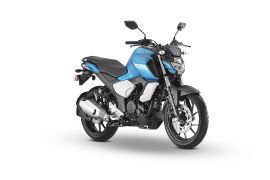

Here Are Some New Details On The Upcoming Yamaha FZ-X

Yamaha Rides In The BS6 FZ-Fi to India

Yamaha FZ-FI Version 3.0 Range Gets Recalled Over A Silly Error

The Yamaha FZ Sheds Weight And Packs New Features

Yamaha FZ-S Fi V3.0 vs TVS Apache RTR 160 4V: Image Gallery

Yamaha FZ-S Fi V3.0 vs TVS Apache RTR 160 4V: Comparison Review

Here’s How The New MT-15 Fares Against The Baby Duke

Bajaj Pulsar N160 vs TVS Apache RTR 160 4V vs Suzuki Gixxer vs Hero...

Here’re The Best Selling Yamaha Two-Wheelers In June 2023

Yamaha Updates Fazer FZ-15 In Brazil
 TVS Apache RTR 160 4V
TVS Apache RTR 160 4V
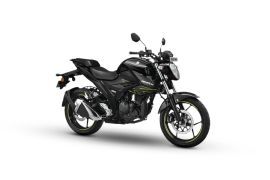 Suzuki Gixxer 150
Suzuki Gixxer 150
 Bajaj Pulsar NS200
Bajaj Pulsar NS200
 Yamaha FZS-FI V3
Yamaha FZS-FI V3
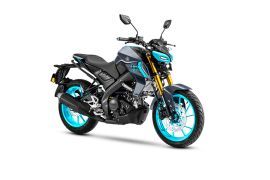 Yamaha MT 15 V2
Yamaha MT 15 V2
India's largest automotive community